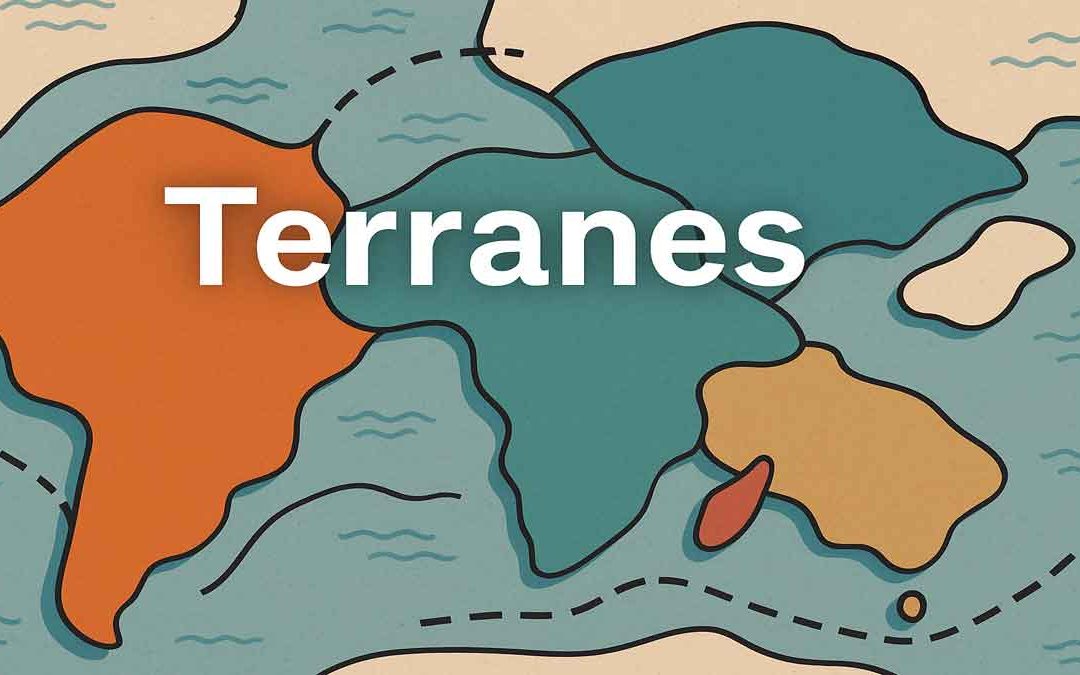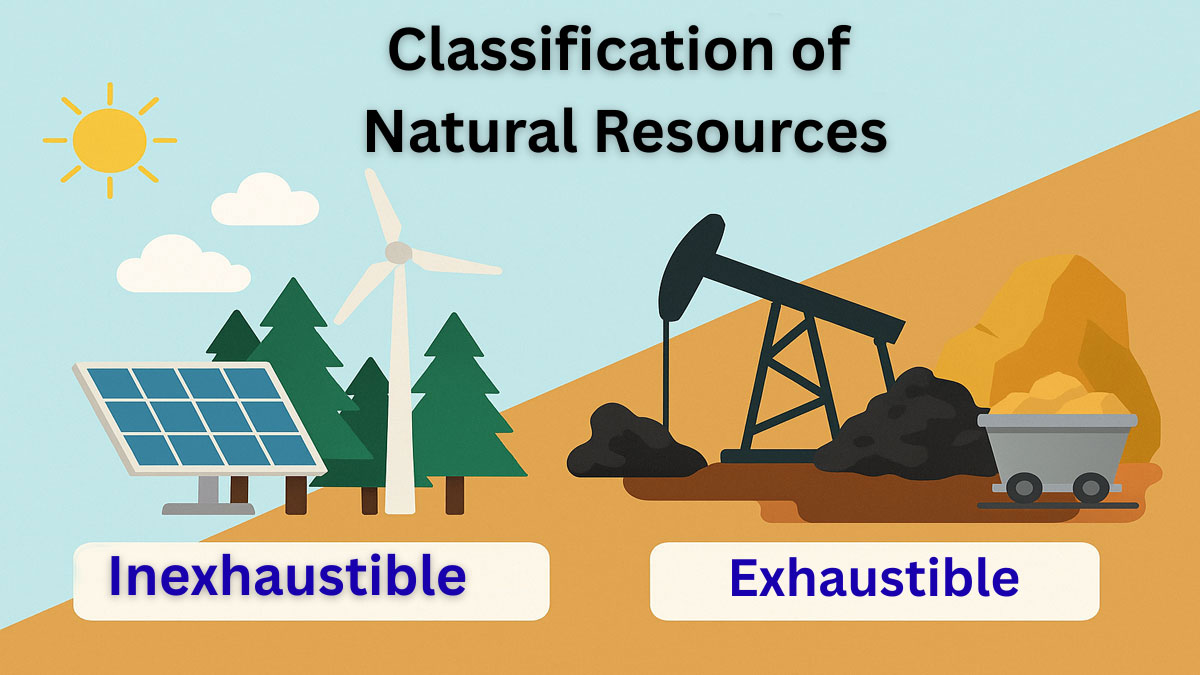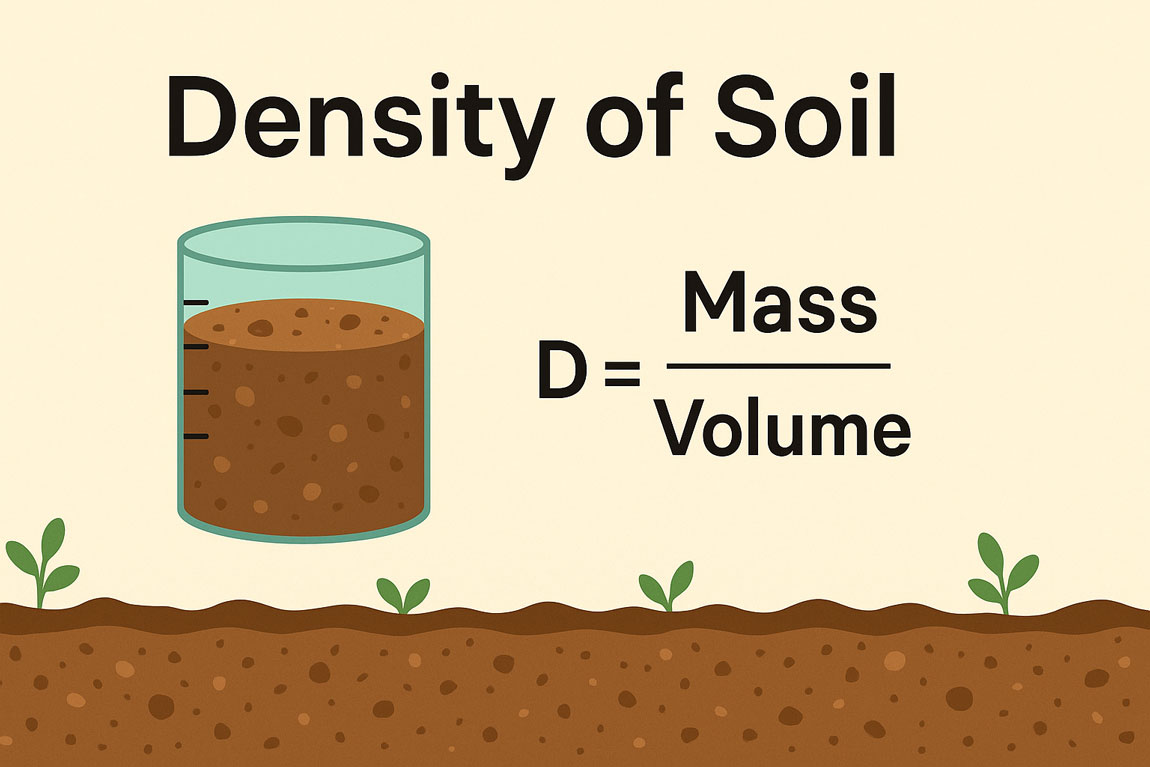What Are Terranes?
Terranes are fault-bounded crustal blocks that have distinct lithologic and stratigraphic successions and geologic histories different from those of neighboring terranes (Schermer et al., 1984). Most terranes have collided with continental crust, either along transcurrent faults or at subduction zones, and have been sutured to continents.
Many terranes contain faunal populations and paleomagnetic evidence indicating they have been displaced great distances from their sources prior to continental collision.
For instance, Wrangellia, which collided with western North America in the Late Cretaceous, had travelled many thousands of kilometers from what the South Pacific is now.
Formation of Terranes:
Results suggest that as much as 30 percent of North America was formed by terrane accretion over the last 300 million years, and that terrane accretion has been an important process in the growth of continents.
Terranes form in a variety of tectonic settings, including island arcs, submarine plateaus, volcanic islands, and microcontinents. Numerous potential terranes exist in the oceans today and are particularly abundant in the Pacific basin (Figure 1).
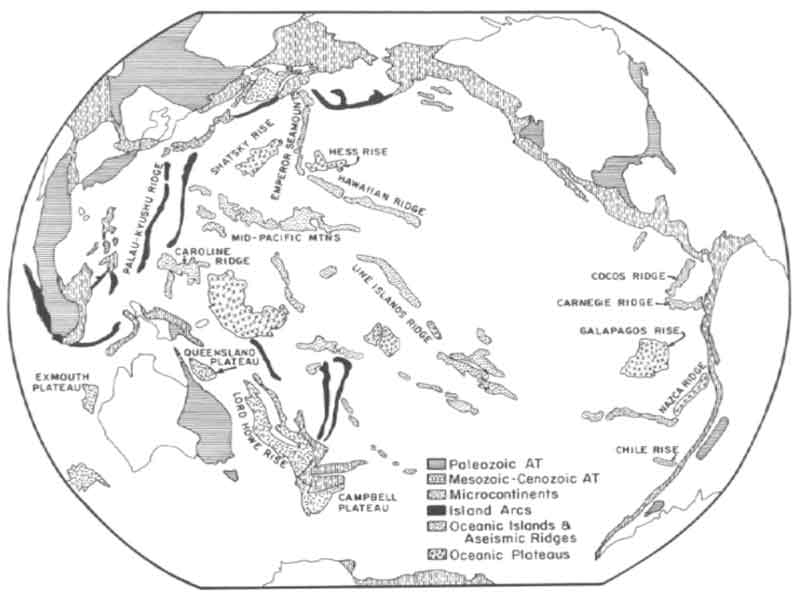
Figure 1: Map showing the distribution of accreted (AT) and potential terranes in the Pacific region.
Terrane Fragmentation and Movement:
Continental crust may be fragmented and dispersed by rifting or strike-slip faulting.In western North America, dispersion is occurring along transform faults such as the San Andreas and Fairweather faults, and in New Zealand, movement along the Alpine transform fault is fragmenting the Campbell Plateau from the Lord Howe Rise (Figure 2).
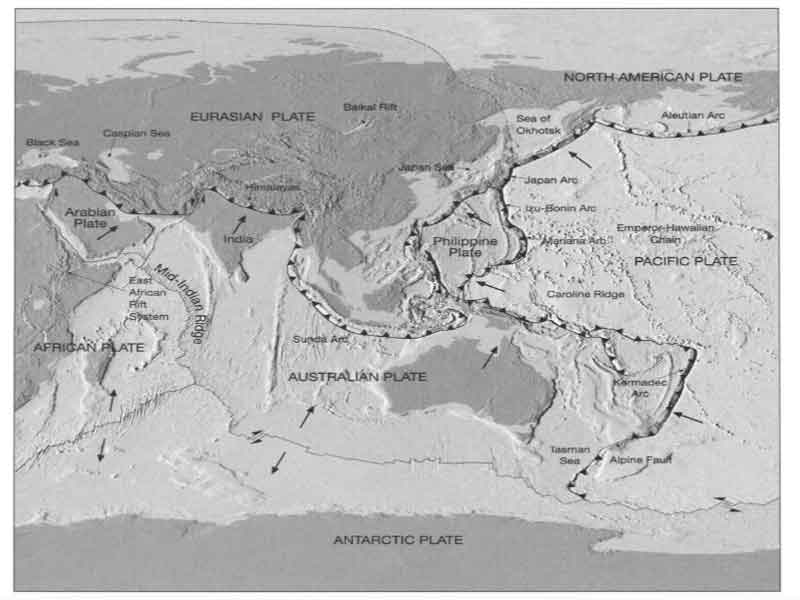
Figure 2:
Baja California and California west of the San Andreas fault were rifted from North America about 3 Ma, and today this region is a potential terrane moving northward, perhaps on a collision course with Alaska.
Terranes may continue to fragment and disperse after collision with continents, as did Wrangellia, which is now distributed in pieces from Oregon to Alaska.
Terranes in Orogens and Crustal Structure:
The 1.9-Ga TransHudson orogen in Canada and the 1.75-1.65 Yavapai orogen in the southwestern United States are examples of Proterozoic orogens composed of terranes, and the Alps, Himalayas, and American Cordillera are Phanerozoic examples of orogens composed of terranes (Figure 3).
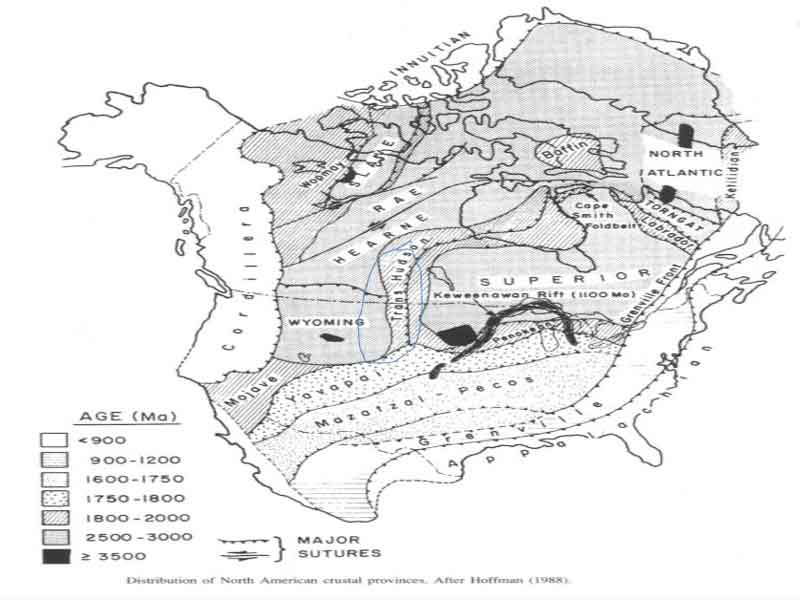
Figure 3:
Most crustal provinces, and indeed all collisional and accretionary orogens, are composed of terranes and, in turn, cratons are composed of exhumed orogens.
In fact, terranes could be considered the basic building blocks of continents, and terrane collision a major means by which continents grow in size.

